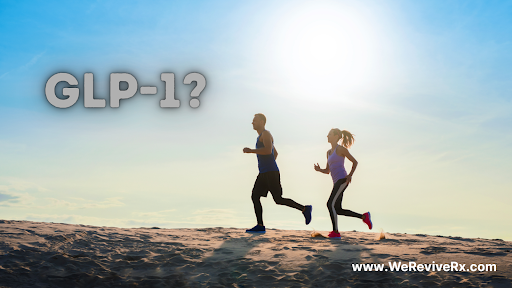Zepbound vs Trulicity: Is the Newer GLP-1 Better for Weight Loss?
Zepbound vs Trulicity: Is the Newer GLP-1 Better for Weight Loss?

Introduction
If you’re comparing GLP-1 medications, you’ve likely come across both Zepbound and Trulicity. While both are weekly injections designed to improve blood sugar and support weight loss, they are not created equal—especially when it comes to fat loss results.
In this blog, we’ll compare Zepbound vs Trulicity to help you understand the differences in how they work, how much weight you can expect to lose, and which one might be a better fit for your goals.
Quick Comparison
|
Feature |
Zepbound |
Trulicity |
|
Active Ingredient |
Tirzepatide |
Dulaglutide |
|
Hormones Targeted |
GLP-1 + GIP |
GLP-1 only |
|
FDA Approval |
Weight loss (2023) |
Type 2 diabetes (2014) |
|
Weight Loss Use |
|
|
|
Injection Frequency |
Weekly |
Weekly |
|
Avg. Weight Loss |
15–22.5% |
3–6% (off-label) |

What They’re Approved For
- Zepbound: FDA-approved for chronic weight management in adults with:
- BMI ≥30, or
- BMI ≥27 with a weight-related condition
- Trulicity: FDA-approved for Type 2 diabetes management and heart disease risk reduction
- Not approved for weight loss, though some off-label use exists

Weight Loss Results
|
Medication |
Avg. Weight Loss |
Study Duration |
Study Source |
|
Zepbound |
Up to 22.5% |
72 weeks |
|
|
Trulicity |
3–6% |
52+ weeks |

How They Work
Zepbound (tirzepatide)
- Activates GLP-1 + GIP receptors
- Reduces appetite, improves insulin response, and promotes fat breakdown
- Slows gastric emptying for longer fullness
Trulicity (dulaglutide)
- Activates GLP-1 only
- Supports blood sugar control and satiety
- Less potent for metabolic changes linked to fat loss
Side Effects Comparison
|
Side Effect |
Zepbound |
Trulicity |
|
Nausea |
|
|
|
Constipation |
|
|
|
Appetite Loss |
|
|
|
Vomiting |
|
|

Insurance & Cost
|
Factor |
Zepbound |
Trulicity |
|
FDA-Approved for Obesity |
|
|
|
Savings Card |
||
|
Insurance Coverage |
|
|
|
Retail Price |
~$1,060/month |
~$930/month |

Who Should Choose Zepbound?

- Non-diabetics or prediabetics needing major fat loss
- Patients struggling with PCOS, insulin resistance, or metabolic syndrome
- Individuals focused primarily on body weight reduction
Who Might Consider Trulicity?

- You’re managing Type 2 diabetes
- You have heart disease risk factors
- Your insurance only covers dulaglutide-based options
- You’re sensitive to GLP-1 side effects and need a gentler intro
Final Thoughts
Zepbound and Trulicity may look similar on the surface—but in practice, Zepbound offers significantly greater weight loss, thanks to its dual-action formula and focused approval for obesity.




 Not approved for weight loss
Not approved for weight loss Mild to moderate
Mild to moderate